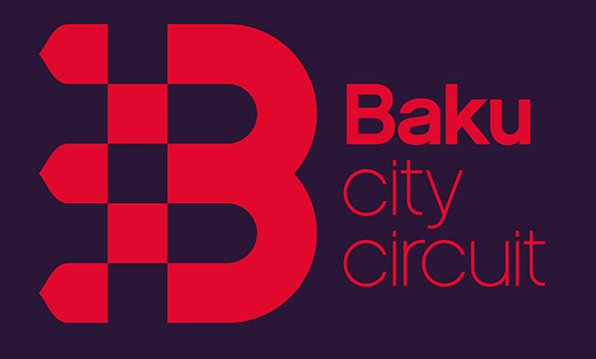-
Address:Boyuk Gala, Baku, Sabail, AZ1000
In the Middle Ages, Icheri Sheher had two main entrance gates that led to land (Shamakhi gate and Salyan gate). Next to this gate were customs and a bathhouse. Caravans arriving in the city along the Silk Road, after passing through customs, went to the bathhouse. They were allowed to enter the city only after they had a bath. This suggests that medieval Baku strictly followed sanitary and hygienic norms. One of these bathhouses is located in Icheri Sheher, to the left of the house of the Baku khans immediately after passing Gosha Gala, and remains under the fortress walls. This nameless bathhouse was built at the end of the 14th century, at the beginning of the 15th century, during the peace and tranquility of the Shirvanshah state. Like all Icheri Sheher bathhouses, this bathhouse is also built underground to keep the temperature in the room stable. Over time, the thickness of the soil cover completely covered it. Despite the fact that it is still underground, one can still say that there are domes on the surface of its rooms. Domes of the bath are located above the surface. From the holes in the dome, light fell into the room. A system of bathhouses of this type is characteristic of both Baku and Absheron. After the Russian occupation of Icheri Sheher in 1906, the territory of the current underground bath (in the courtyard of the palace of the Baku khans, at the foot of the fortress wall) became the military commandant of the Russians. It was during this period that the dome of the bathroom, which was useless, and part of which was destroyed, was removed and covered with earth. In the post-Soviet space, there was a military police station. Two windows of the bathhouse still remain on the fortress wall to the left of the gates of the Gosha Gala tower.



.png?v=DqKtbngFu8-eBM77oNP77E2SV2gNF4_tUk0Y9IcK12s)

















